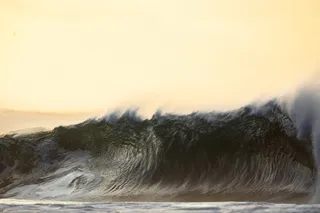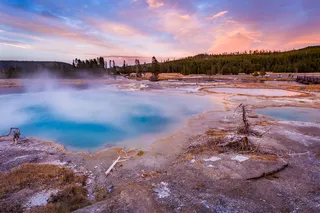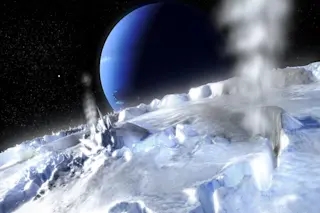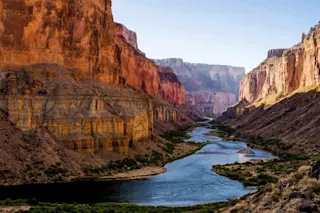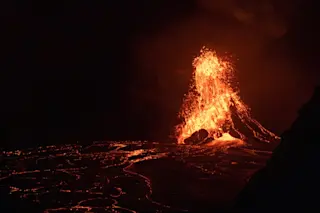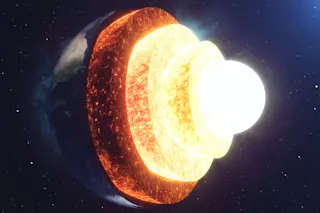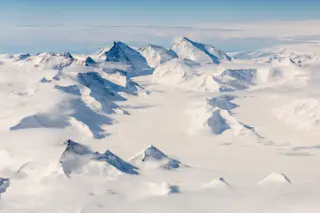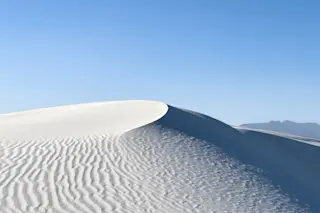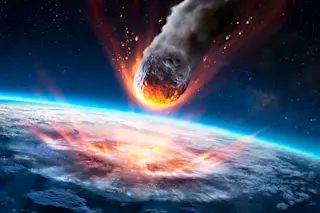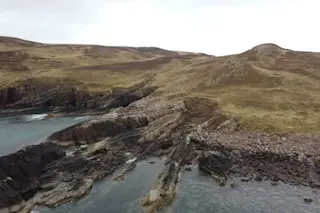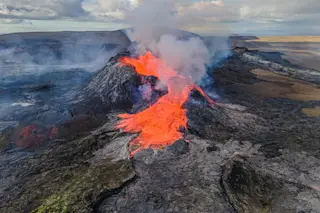We talk a lot about the hazards that are present at Washington's Rainier mostly in terms of what might happen if the volcano erupts. However, remember that even when Rainier is showing no signs of activity, volcanic hazards can still be present (video). Case in point is the debris flow that occurred on Rainier last week. The
posted an excellent video of the June 25 event that seems to start as a debris avalanche/landslide but as the flow runs down the slopes of the volcano, some parts begin to appear lahar-like as meltwater from the snow, ice and glaciers on the volcano is incorporated into the flow itself. This footage is pretty spectacular as you can see the dust portion of the flow get left behind from the faster moving ground debris that runs out downslope. (And for those of you who might be curious, that initial part ...


